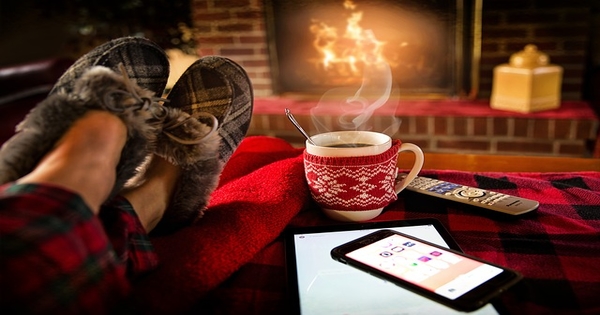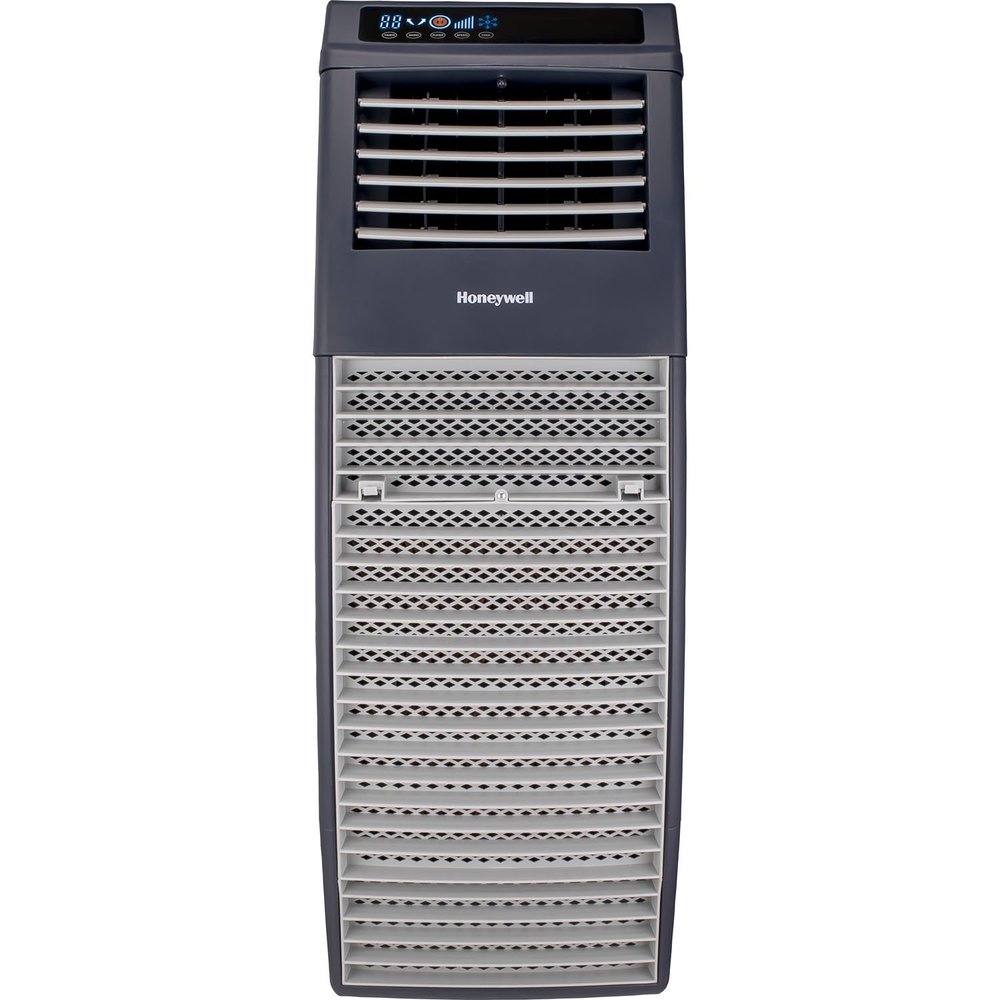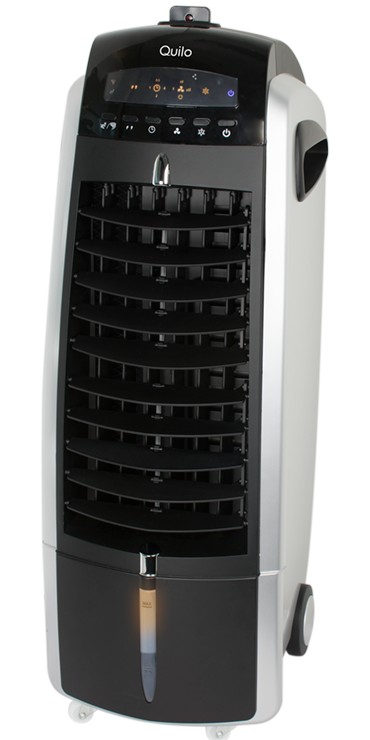
Do you hate having a dry throat or nasal congestion?
Do you hate having chapped lips or frequent nosebleeds?
If you are a victim of one or several of these experiences, you might be living in a very dry climate.
Generally, the Southwestern United States has a hot desert climate. Phoenix, Yuma, Palm Springs and Las Vegas are some examples of cities that possess mean relative humidity levels under 50%.
Many people assume that they do not live in a dry climate because they do not live in the desert.
Ogden is not a typical desert city in Utah but it has hot and dry summers.
Utah’s capital city, Salt Lake City, has a dry season starting May and ending in September with humidity descending to its lowest point at 36% in July.
Many Coloradan cities, including Denver, Colorado Springs, and Aspen, have dry climates during most of the year. While mountainous areas tend to have better air quality, it does not resolve the challenges that people suffer in those dry climates.
The prolific Dr. Mercola notes that flu viruses are more contagious and survive longer in less humid environments.
So, how does one increase the humidity indoors to improve their air quality?
A common recommendation is a humidifier. A humidifier will add humidity to your home or workplace to improve indoor air quality in dry climates. However, if you live an area with dry and hot summers, a humidifier may not be ideal.
The ideal option is an evaporative air cooler because it is a device that cools the air through water evaporation and works as a humidifier. This device rivals an air conditioner because it offers several, competitive advantages.
Advantages:
- No installation required for most devices
- Energy efficient (15-40% of the energy cost of an air conditioner)
- Maintenance is easier and costs significantly less than an air conditioner
- Eco-friendly. These devices use water instead of toxic refrigerants like ammonia or chlorofluorocarbons that contribute to ozone depletion
Disadvantages:
- Unable to lower the indoor air temperature as much as an air conditioner
- Requires frequent water refills to operate optimally
- Increasing humidity levels significantly may cause water condensation (posing a danger to paperback material and electronics) and corrosion (posing another danger to electronics)
Evaporative air coolers are ideal for someone who wants a cheaper upfront cost, save money on energy costs, and also use as a humidifier during the winter.
Do you want to spend hours searching online or offline for an evaporative water cooler? Probably not! So, I will offer you two options to consider for your next purchase.
Honeywell CO301PC

As stated in the product’s leaflet, this device is “equipped with a unique air blower that expels at higher speeds and at a further distance than fan-based coolers.”
The rugged design makes this product durable and its handles make it easily transportable from room to room. This device is not limited to the indoors. It is ideal for the backyard, patio, and even a barbeque area. The rugged design is composed of weather-resistant construction and ultraviolet-resistant materials to ensure durability and longevity.
Specs:
- Recommended area up to 460 square feet (i.e. ideal for a studio apartment)
- 5.3 gallons (water tank capacity)
- 2 fan speeds
- 44.5 pounds
- 270 watts (power consumption)
- Timer
- Low water alarm
- 1 year warranty
Quilo QE1SKS

This Quilo is a global award noteworthy device that has an ice compartment for rapid cooling. Its water tank is detachable and contains a low energy LED light that illuminates the water tank’s level for easy maintenance.
The quiet and portable device can be moved to any room without disturbing sleep or entertainment. It also has a universal power adapter.
Specs:
- 2018 IHA Global Innovation Award Finalist
- Recommended area up to 160 square feet (i.e. tiny home, bedroom, living room, etc)
- 1.85 gallons (water tank capacity)
- 4 fan speeds
- 13 pounds
- 7.4 watts (power consumption)
- Timer
- Low water alarm
- 1 year warranty
The Best Buy for Better Air Quality
Did you know that both of these products have fans? It is an added convenience if you do not need to use the air cooler or humidifier to moderate the indoor air.
If you want an evaporative air cooler for the outdoors and indoors, then the Honeywell CO301PC is your choice. The Honeywell construction might suggest that it is more durable than the Quilo QE1SKS, but there is no conclusive evidence affirming that advantage.
However, if you want to save money in the long term, the Quilo QE1SKS is the best investment. If you bought three Quilos, you increase your total square footage of 480 square feet, which is slightly more than the Honeywell.
How much more would that cost you? $50. It is a good investment when you consider that three Quilos total 22.2 watts of power consumption. Imagine how much money you can save in energy costs compared to the Honeywell’s power consumption of 270 watts.
The Quilo offers four fan speeds, which will offer more comfort than the Honeywell’s two fan speeds.
So, what will be your best buy for better air quality?